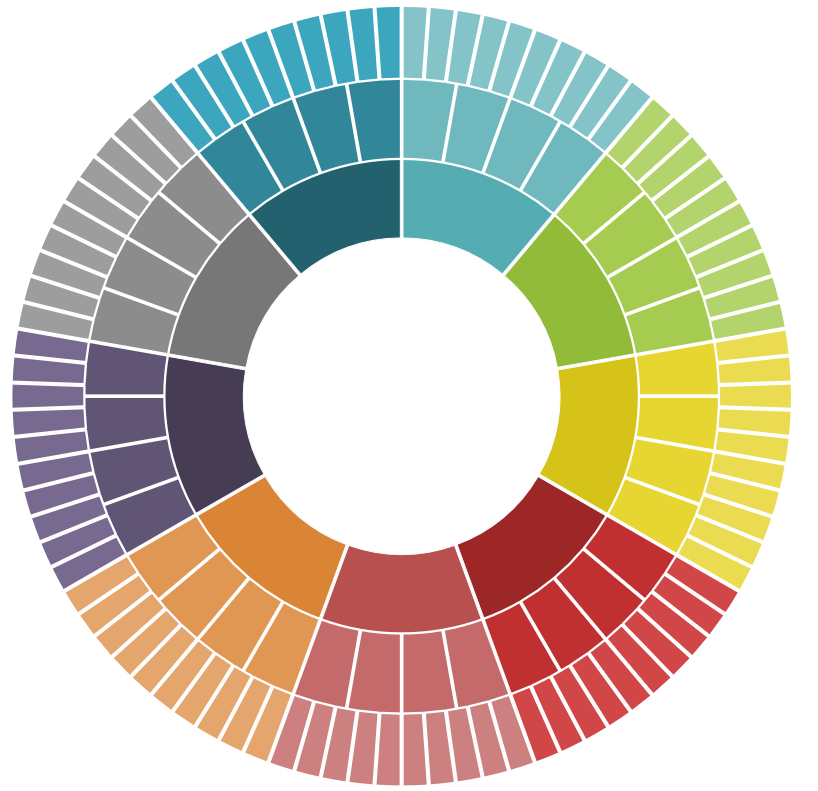Volltextsuche nutzen
- versandkostenfrei ab € 30,–
- 6x in Wien und Salzburg
- 6 Mio. Bücher
- facultas
- Detailansicht


Dhaka's Changing Landscape
Prospects for Economic Development, Social Change, and Shared Prosperity


E-Book
(EPUB mit drm)
(EPUB mit drm)
62,22€
inkl. gesetzl. MwSt.
EPUB (mit DRM) sofort downloaden
Downloads sind nur in Österreich möglich!
Leitfaden zu E-Books
Downloads sind nur in Österreich möglich!
Leitfaden zu E-Books
In den Warenkorb
Click & Collect
Artikel online bestellen und in der Filiale abholen.
Derzeit in keiner facultas Filiale lagernd. Jetzt online bestellen!Artikel online bestellen und in der Filiale abholen.
Artikel in den Warenkorb legen, zur Kassa gehen und Wunschfiliale auswählen. Lieferung abholen und bequem vor Ort bezahlen.
Auf die Merkliste
Veröffentlicht 2019, von Rita Afsar, Mahabub Hossain bei OUP India
ISBN: 978-0-19-099124-1
400 Seiten
Between 1991 and 2010, Dhaka's population more than doubled to 15 million. Simultaneously, the city's contribution to the national economy almost trebled. Clearly, population growth was accompanied by an unmistakable trend of economic growth, and a significant decline in urban poverty and income inequality. On the other hand, Dhaka's high population density exacerbated serious environmental ...
Beschreibung
Between 1991 and 2010, Dhaka's population more than doubled to 15 million. Simultaneously, the city's contribution to the national economy almost trebled. Clearly, population growth was accompanied by an unmistakable trend of economic growth, and a significant decline in urban poverty and income inequality. On the other hand, Dhaka's high population density exacerbated serious environmental challenges, and it was soon ranked as one of the world's least livable cities. In the context of these contradictory signals of rapid urbanization, Dhaka's Changing Landscape sets to answer three most intriguing questions: Are the poorer segments of urban population, which migrate with dreams for better lives, benefitting from positive economic trends? Are these benefits sustainable? Are these benefits creating scope for this group to have a stake in the city's growing prosperity? By studying 600 households and applying comparative analysis over a span of 20 years, the authors examine demographic and economic trends to understand the patterns, scale, and complexity of urban poverty, income inequality, and rural-urban migration. Going beyond the space and poverty debate, they enlighten the readers about the quality of life questions, sustainability matters, and gender and generational roles and relations necessary to understand qualitative transformation and migrants' prospects for a better future.
Between 1991 and 2010, Dhaka's population more than doubled to 15 million. Simultaneously, the city's contribution to the national economy almost trebled. Clearly, population growth was accompanied by an unmistakable trend of economic growth, and a significant decline in urban poverty and income inequality. On the other hand, Dhaka's high population density exacerbated serious environmental challenges, and it was soon ranked as one of the world's least livable cities. In the context of these contradictory signals of rapid urbanization, Dhaka's Changing Landscape sets to answer three most intriguing questions: Are the poorer segments of urban population, which migrate with dreams for better lives, benefitting from positive economic trends? Are these benefits sustainable? Are these benefits creating scope for this group to have a stake in the city's growing prosperity? By studying 600 households and applying comparative analysis over a span of 20 years, the authors examine demographic and economic trends to understand the patterns, scale, and complexity of urban poverty, income inequality, and rural-urban migration. Going beyond the space and poverty debate, they enlighten the readers about the quality of life questions, sustainability matters, and gender and generational roles and relations necessary to understand qualitative transformation and migrants' prospects for a better future.
